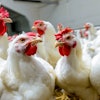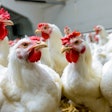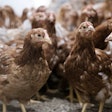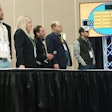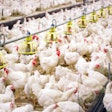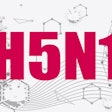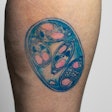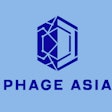Romer Labs, a supplier of food safety diagnostics solutions, has partnered with the Feed the Future Innovation Lab for the Reduction of Post-Harvest Loss based at Kansas State University to donate mycotoxin testing supplies to the USAID project aimed at reducing post-harvest loss.
This Feed the Future Innovation Lab is part of the U.S. government's Feed the Future initiative to reduce global hunger and improve food security. The initiative uses research, education and outreach to advance solutions to hunger, poverty and under-nutrition in low-income countries.
The project aims to provide global leadership to reduce post-harvest loss (PHL) and food waste of durable staple crops (grains, oilseeds, legumes, root crops, seeds) and their processed value-added products with an initial focus on four Feed the Future (FtF) countries (Bangladesh, Ethiopia, Ghana and Guatemala). Interventions under this project will integrate smallholder farmers, producer cooperatives, and agribusiness enterprises with market-based value chains.
A key challenge in several Feed the Future countries is high moisture content of grains (especially maize) at harvest and presence of high mycotoxin levels (especially aflatoxin) at harvest and postharvest due to improper drying and storage practices. The initial pilot projects in Guatemala and Ghana will involve assessing the level of the problem faced by small holder farmers and the first market collection points, and ways to address this problem. Current practices allow for wet maize that often contains high levels of aflatoxin to enter the market and be consumed by farmers and villagers causing nutrition and health problems for children and adults.
Romer Labs’ AgraStrip Aflatoxin and Fumonisin test strips and AgraVision reader will be used in these remote growing areas to assess the extent of the mycotoxin contamination.
Using the data obtained in the study, the goal is to enhance the drying, conditioning, handling, storage, pest management and transportation of these crops thus increasing the quantity and quality of the grain available for human consumption and decreasing food waste.
